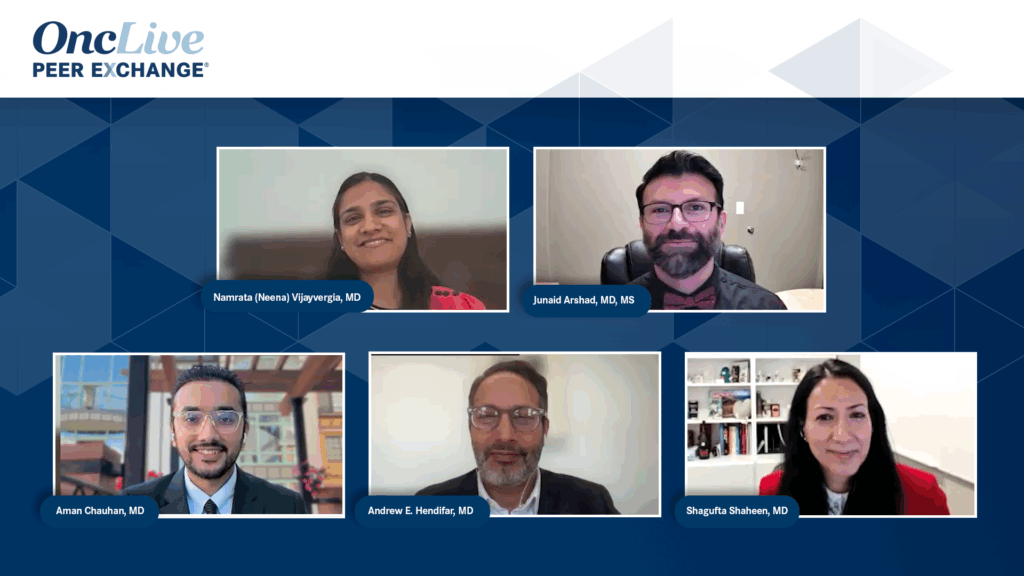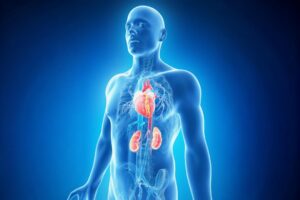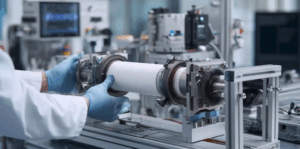
Recent discussions among specialists in neuroendocrine tumors (NETs) have revealed significant advancements in imaging techniques that are reshaping how these conditions are diagnosed and managed. Dr. Chauhan highlighted two primary imaging modalities: anatomic imaging, including Computed Tomography (CT) and Magnetic Resonance Imaging (MRI), and molecular imaging using DOTATATE PET.
As the foundation for initial evaluations, anatomic imaging plays a crucial role in baseline staging, assessing the disease burden, and monitoring responses to treatment. For example, CT scans are preferred for chest imaging, while MRI protocols are more sensitive in detecting hepatic lesions. This distinction is vital for accurate diagnosis and effective treatment planning.
The introduction of DOTATATE PET imaging marks a transformative step in detecting neuroendocrine tumors, boasting a sensitivity and specificity rate of approximately 95–97%. This advanced imaging technique excels in identifying small or obscure lesions and evaluating somatostatin receptor expression. This assessment is essential for selecting appropriate targeted therapies, which can significantly influence patient outcomes.
Monitoring patients with indolent NETs often requires a careful approach to changes in disease biology. A sudden shift may necessitate a repeat DOTA scan, which can reveal a loss of somatostatin receptor expression. Such a change could indicate potential disease progression or transformation, making this non-invasive imaging method a valuable alternative to traditional biopsy procedures.
The integration of these advanced imaging techniques not only enhances the diagnostic landscape for NETs but also guides personalized treatment strategies. As the field continues to evolve, ongoing research and developments in imaging modalities will likely further improve patient care and outcomes in neuroendocrine tumors.
The emphasis on both anatomic and molecular imaging underlines the importance of a comprehensive approach in addressing the complexities of neuroendocrine tumors. As specialists like Dr. Chauhan advocate for these methodologies, the medical community is better equipped to manage and treat patients facing these challenging conditions.






